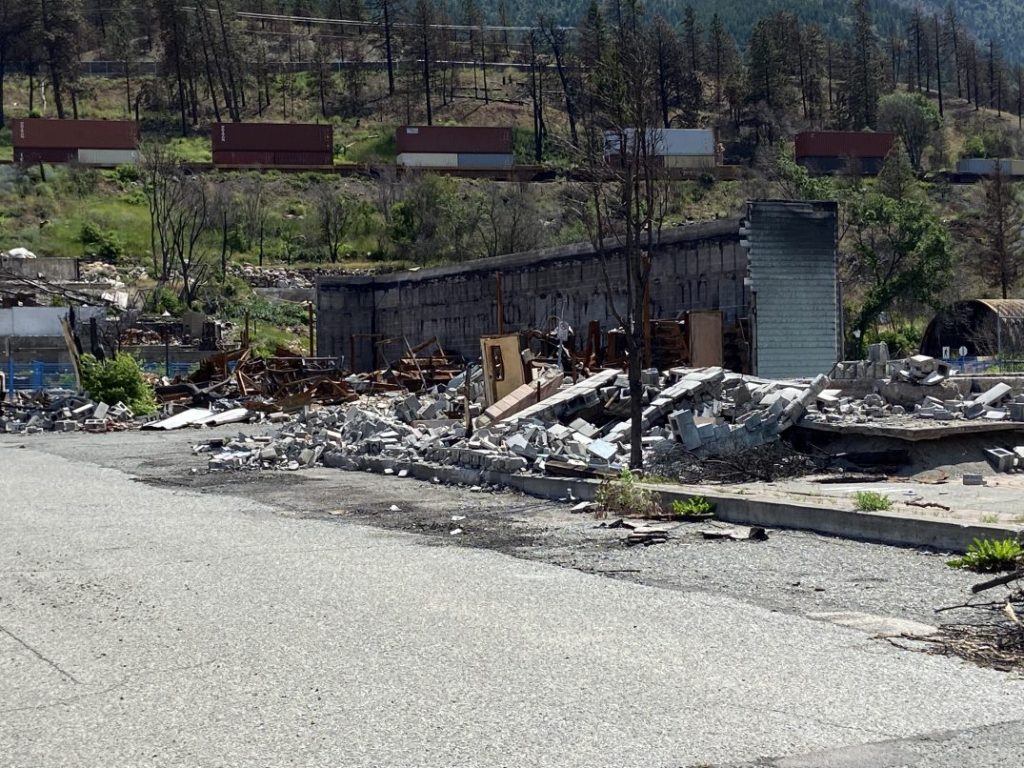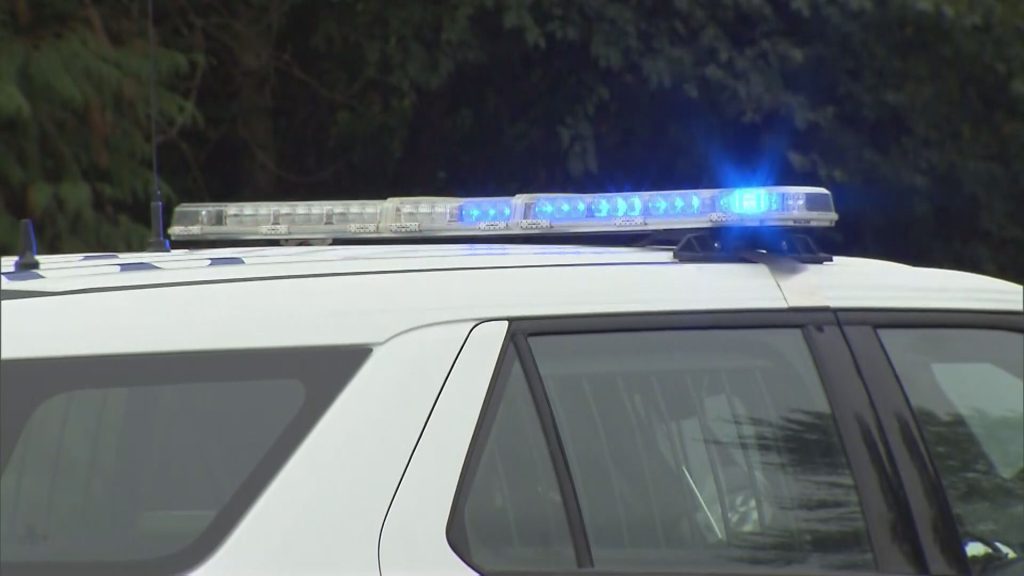Only way to stop homes from burning: stop building in wildfire areas, researcher says

Posted June 15, 2023 7:08 am.
Last Updated June 15, 2023 7:09 am.
Almost exactly two years after Lytton was devastated by wildfire, village councillors have voted to end a local state of emergency as the Fraser Canyon community is finally set to start rebuilding.
But as wildfire seasons continue to intensify, there is a push for communities throughout western North America to rethink the way they build.
New analysis from a Seattle-based think tank, the Sightline Institute, suggests the “best and possibly only practical way” to protect homes from fire is to stop building so many of them in places that are primed to burn.
“This year’s early fire season is a harbinger of the future. Millions of people are having to evacuate or are suffering the health hazards of the smoke,” said Kate Anderson, senior researcher at the policy group.
“The more we build into our wildlands, the worse the wildfire burden is for everybody. More houses in the wildland-urban interface (WUI) ties the hands of wildfire professionals who could otherwise use fire to fight fire and help us get off the wildfire treadmill.”
Related Articles:
-
Tofino, Ucluelet, tourism businesses doing their best to make it through Highway 4 closure
-
Rain brings relief for crews fighting B.C. wildfires, but not enough to help long-term
-
Rain helping fight B.C. wildfires near Tumbler Ridge, but more work to be done
Anderson says population growth can’t be stopped, but that growth can be guided away from fire danger rather than sprawling into wild areas.
“These houses trap us on a wildfire treadmill by impeding efforts to restore wildlands to health through beneficial fire,” she told CityNews.
“The west faces a daunting predicament — because we’ve snuffed out nearly every ignition for over a century, we’ve basically suppressed ourselves into a corner. Today, what is even a small and innocuous flame can explode into an uncontrollable mega-fire. Even though we know better, we continue to fight nearly every fire.”
Anderson says the more we suppress fires the worse they get, and the worse fires get, the more we suppress them.
She believes the only way to break the mega-fire cycle is to allow low to moderate fires to clean out forest fuels, either naturally or through prescribed burns.
“But the main impediment in returning fire to the land is new houses in these fire-prone areas. Fire bosses who are trying to get more beneficial fire back onto the land, the liability they face with dwellings and structures nearby increases. They’re just not interested in shouldering that risk.”
Sightline is suggesting a number of policies to help communities curb construction in the wildland-urban interface, the area it says is currently seeing the fastest growth in new homes in the Pacific Northwest.
“First, we need to pass growth management and land use laws that channel growth towards towns and cities to avoid sprawling into the WUI,” Anderson explained.
“Another way would be to eliminate perverse incentives that inadvertently encourage population growth in fireplains,” she added, comparing it to construction in floodplains where governments offer protection and assistance, should homes be flooded.
Sightline recommends eliminating supports for mortgages, insurance, and infrastructure in fireplains.
“A third way would be to stop shielding new houses from the full costs of moving into highly risky areas. If you found a way to shift those costs onto people who are considering building in the wildland-urban interface, it would allow people to internalize the full cost of their decisions.”
Anderson believes “fire-hardening” communities against inevitable wildfire is important, but preventing development in fire hazard zones is how the wildfire crisis will be solved.








